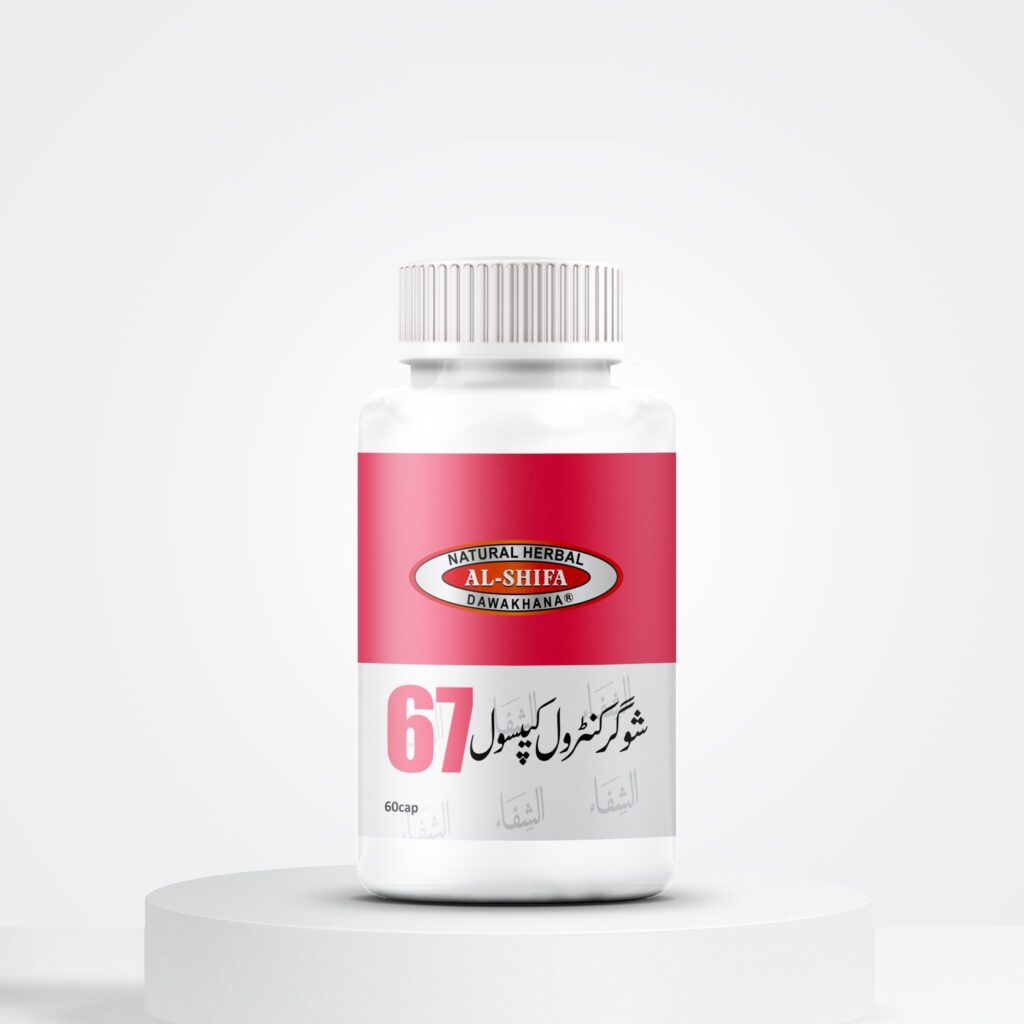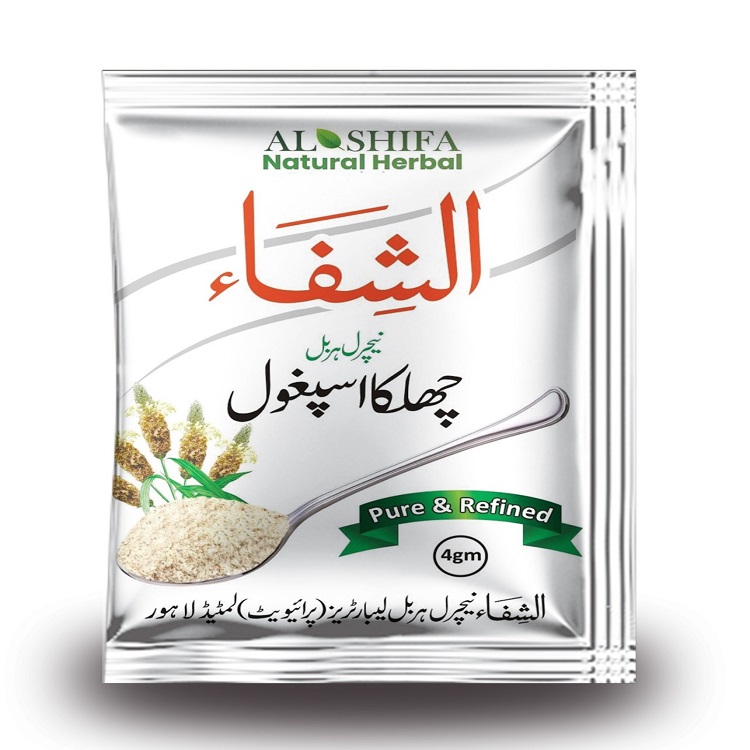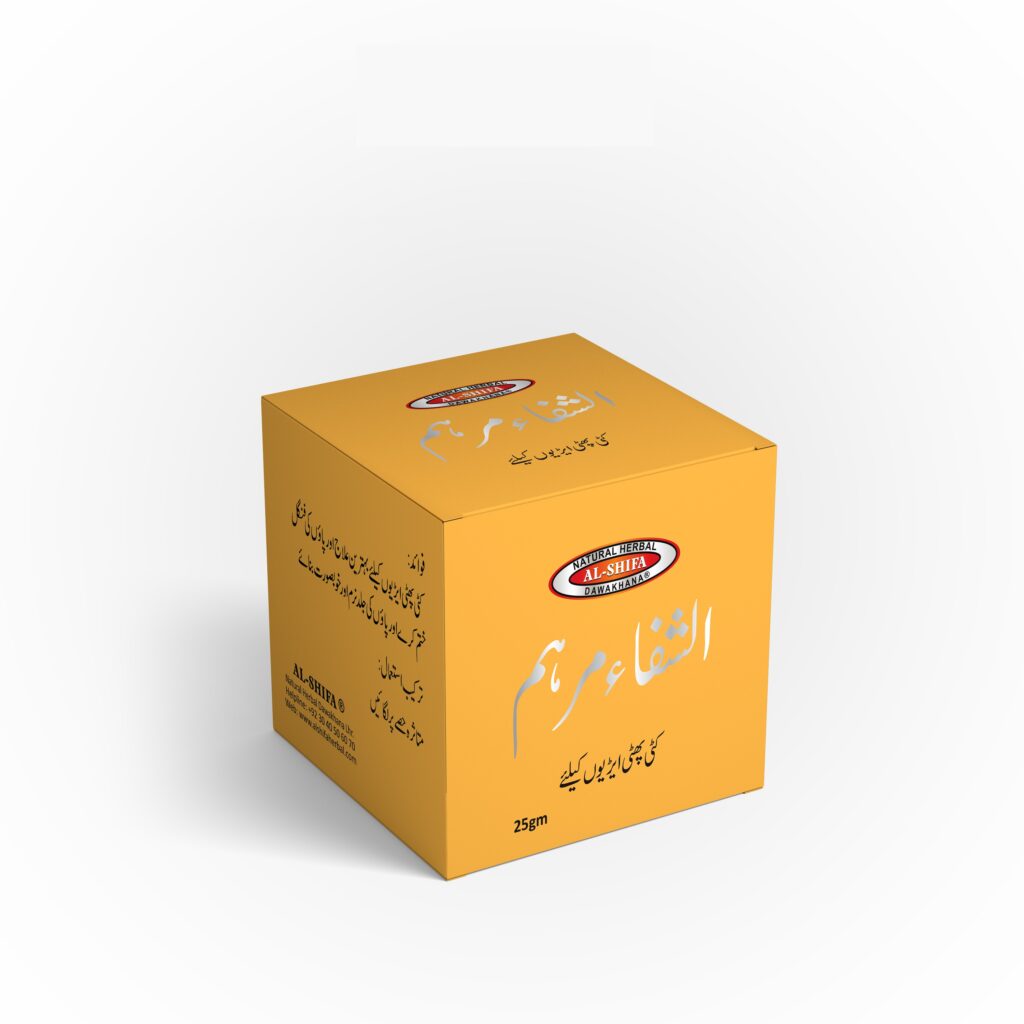Description
Morning Glory (Ipomoea violacea) Encyclopedia

What is Morning Glory
The seeds of several varieties of Morning glory (Ipomoea violacea) contain a naturally occurring tryptamine called Lysergic Acid Amide (LSA), which is closely related to LSD. Seeds are taken orally, and can be eaten whole or the active alkaloids can be extracted.
Like LSD, LSA acts as a “psychedelic” or “hallucinogen” which can have strong mental effects.
History
The Zapotecs used Ipomoea violacea by grinding the seeds up and wrapping them in a meal cloth. They would then soak it in cold water and find out about the illness of a patient, a troublemaker among the people, or the location of a lost object. Morning glory seeds called tlitlitzin were used ritually by the Aztec for their psychoactive properties. Spanish chroniclers in the mid 16th century reported on the divinitory use of these seeds. Their use has continued in southern Mexico, although it wasn’t until about 1900 that tlitlitzin was identified botanically as Morning glory.
Botanical
Morning glory is a member of the Convolvulaceae family which also includes the Baby Hawaiian woodrose. Common morning glory is a garden escape; it is native to Mexico or Central America. Now its grown around the world, favouring tropical warm temperate climates.
It is a vine with stems of 4-10 feet long, with flowers in pink, purple, blue or white (or combinations). Its flowering time is from July until October.
Chemistry
Active constituent: d-lysergic acid amide. The seeds contain about 0.1% ergot alkaloids, including ergotmetrine, chanoclavine and lysergol.
Effects of Morning Glory
LSD like experience that lasts about 6 hours, but with less hallucinogenic effects. Nausea is common even with untreated seeds. Less anxiety, less intensity than LSD in normal doses.
Because use is oral, onset is affected by the last food that was ingested. On a relatively empty stomach, onset of effects is about an hour after ingestion, although it can be many hours before peak effects are reached.
Primary effects last 6-10 hours when seeds are taken orally. It also takes a couple of hours before being completely back to normal again.
Medical use
A root tea was used by Native Americans as a diuretic, laxative, expectorant and for coughs. A powered tea of the leaves for headaches and indigestion. As far as we know, Morning glory nowadays is not commonly used as a medicine.
Varieties
The most common active Morning glory variety is Heavenly blue, others are Pearly gates, Flying saucers, Wedding bells, Blue star, and Summer skies. Although Heavenly blue is the strongest variety it is widely available, while the other kinds are harder to come by.
Comparing the seeds of the morning glory varieties Pearly Gates and Heavenly Blue with two varieties of Hawaiian Baby woodrose, the following yield of alkaloids (mg of alkaloid/g of seed material) has been found:
- Heavenly Blue: 0.813
- Pearly Gates: 0.423
- Ipomoea tuberosa: [None]
- Argyreia nervosa: 3.050
Ololiuqhui (Rivea corymbosa or Turbina corymbosa) is another variety, and not a synonym. Ololiuhqui is the least known hallucinogen in the outside world, yet it is perhaps the best known and most widely used among the indigenous people of Mexico. Very small doses are required and it is strongly recommended that only experienced persons use ololiuqhui.
Morning Glory Usage
How to dose morning glory seeds (according to Erowid):
| Light | 50-100 seeds | 1.5-3 grams |
| Medium | 100-250 seeds | 3-6 grams |
| Strong | 250-400 seeds | 6-10 grams |
| Heavy | 400+ seeds | 10+ grams |
The seeds can be ingested as follows:
– thoroughly chew and swallow
– grind and soak in purified water for 1/2 hour, strain and drink
– sprout by soaking in purified water for 3-4 days (change water often), after which the white mushy part is removed from the shell and eaten. This is probably the best method for avoiding sideeffects, although there is enough reason to believe sprouting the seeds lessens their effectiveness.
The flowers of the Morning glory may be steeped in purified water for a week or two to produce a mildly alcoholic wine with a distinctively pleasant flavour and a very mild psychedelic effect, on account of hemp. Once again herbs and/or honey can be added to enhance the taste.
You must use cold purified water for these processes. Tap water contains chemicals that break down the desired alkaloids. Hot water also does this.
Warnings
Should not be taken by people with a history of liver disorders or hepatitis. Should not be taken by pregnant women. Individuals can respond differently to the same dosage. What is safe for one can be deadly for another. So please be careful, never overdose. Best is to have someone with experience with you who can act as a sitter and watch over you.
Contraindications
– Do not operate heavy machinery. Do Not Drive.
– Do not ingest morning glory seeds if you are currently taking an MAOI. MAOIs are most commonly found in the prescription anti-depressants Nardil (phenelzine), Parnate (tranylcypromine), Marplan (isocarboxazid), Eldepryl (l-deprenyl), and Aurorex or Manerix (moclobemide). Ayahuasca also contains MAOIs (harmine and harmaline). Morning glory seeds (LSA) and MAOIs are a potentially dangerous combination. Check with your doctor if you are not sure whether your prescription medication is an MAOI.
– Do not use morning glory seeds when pregnant. LSA is closely related to LSD which is a uterine contractor that can increase risk of miscarriage during pregnancy.
– Individuals currently in the midst of emotional or psychological upheaval in their everyday lives should be careful about choosing to use psychedelics such as morning glory seeds as they can trigger even more turmoil.
– Individuals with a family history of schizophrenia or early onset mental illness should be extremely careful as psychedelics have been known to trigger latent psychological and mental problems.
Growing
Although this species is a perennial it is usually cultivated as an annual. Morning glories thrive in a strong, well-drained soil in a sunny site with plenty of water, but they will do well almost anywhere. The seeds have a hard seed coat and should be nicked or soaked for two hours in warm water before sowing. If the seeds are nicked and soaked, the vines will generally flower 6 weeks after sowing.
The seeds should be planted 0.25 to 0.5 inch deep and not less than 6 inches apart. This species tends to run to vine unless the roots are cramped. This may be done by standing the vines in pots and allowing them to become slightly potbound before setting them out. Although morning glories like a lot of water, if the roots are kept damp constantly, the vines will produce few flowers and they will set very little seed. Various methods have been devised to increase the alkaloid content of the seeds by altering the soil chemistry and using hormones. An interesting account of these methods is found in the book Home Grown Highs by Mary Jane Superweed.
Harvesting: The seeds may be gathered as the pods become brown and dry. Immature seeds are more bitter than ripe ones. It has been reported that immature seeds contain more alkaloids, but this has not been confirmed. The stem and leaves contain some alkaloid. However, because they contain purgative principles, this part of the plant is used only in extraction. If used, pick fresh and dry quickly without heat.
Effects: Removing water retention, subduing swelling and mass, and being parasiticidal.
Indications:
1. For edema and abdominal distention, difficulty in urination and defecation with normal genuine Qi, the herb may be used alone in form of powder by oral administration, or combined with gansui root knoxia root to inhance the purgative action.
- For stagnation in stomach and intestine, constipation due to accumulation of heat, the herb powder is used alone with ginger juice for oral use, or combined with peach kernel and trichosanthes fruit (Fructus Trichosanthis) for moistening bowels to relieve constipation.
- For abdominal pain caused by ascariasis, it is often used together with areca seed (Semen Arecae). It is also used to treat cestodiasis.
Dosage and Administration: 3-10g, it is cracked and decocted in water; 1.5-3g in powder. The action is mild if the herb is stir-baked but stronger when it is used unprepared.
Precautions: It should not be used for pregnant women.

Tukhm-e-Neel, Ipomoea nil کلادانہ، حب النیل ، دانہ نیل , تخم عشق پیچہ
ماہیت ۔
یہ بیل دار بوٹی ہے جو عشق پیچہ کی طرح آس پاس کے درختوں اور جھاڑیوں پرچڑھ جاتی ہے شاخیں پتلی اور سبز ہوتی ہے ۔ پتے دوتین انچ سے پانچ تک تین حصوں میں منقسم ہوتے ہیں اور درمیان کا حصہ برچھی کے پھل کی طرح ہوتاہے ۔ پتوں پر کھردار بھنڈی کے روئیں کی طرح رواں ہوتاہے ۔ پھول سرخی مائل نیلے جو پتوں کے درمیان ہوتے ہیں ۔ یہ ایک سے پانچ اکٹھے ہوتے ہیں ۔ آگے سے شہنائی کی طرح اور پیچھے سے نیلے ہوتے ہیں غلاف نما ڈوڈی ہوتی ہے جس میں سیاہ رنگ کے تکون نما دوتین تخم ہوتے ہیں ۔ ان ہی کو کلادانہ یا حب النیل کہا جاتا ہے ۔
مزاج ۔ گرم خشک۔درجہ سوئم۔
افعال ۔ بیرونی طور پر جالی جبکہ اندرونی طور پر مسہل قوی مصفیٰ خون مخروج دیدان آمعاء شکم ۔
استعمال ۔ جالی ہونے کی وجہ سے جلد کے داغ دھبے برص بہق جرب کی قسموں میں بطورطلاء مفید ہے ۔
چرب کی جملہ اقسام زائل کرنے کیلئے شکر سفید کے ہمراہ سفوف بناکر کھلاتے ہیں ۔اوجاع مفاصل نقرس استسقاء جیسے سرد بلغمی امراض میں بطور مسہل استعمال کرتے ہیں ۔ دیدان شکم ۔۔کے قتل واخراج کیلئے تنہا یا مناسب ادویہ کے ہمراہ کھلاتے ہیں ۔
کالا دانہ کے افعال وخواص مثل جلاپا کے ہیں بعض اوقات کالادانہ کھانے سے متلی اور بے چینی یا دست آنے لگتے ہیں ۔ جس کی اصلاح کیلئے گل سرخ بلبلہ یا روغن بادام کالا دانہ کا سفوف چرب کرکے دیں۔
فوائد خاص ۔ مسہل قوی جلاب آور ۔
مضر۔ کرب و مصدع ۔
مصلحَ – جوس میوہ جات و ترشی کھٹی چیزیں ۔
بدل ۔ تخم سداب ۔
مقدارخوراک ۔ ایک سے تین گرام ۔
























Reviews
There are no reviews yet.